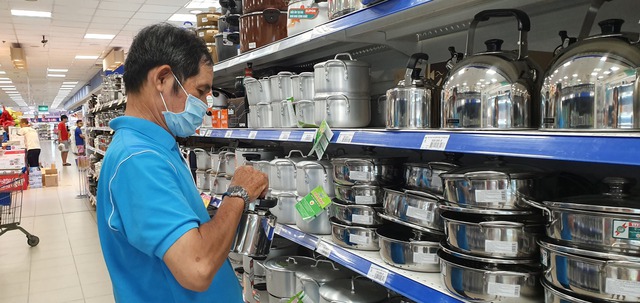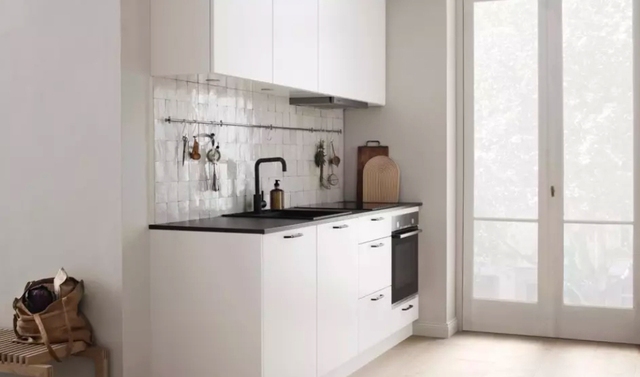Anh Đặng Trọng Thành, an employee at an electronics and home appliances store in Ho Chi Minh City, shared with Thanh Niên his tips for saving electricity when using induction cookers.
Use suitable pots and pans
Aluminum, clay, and glass pots are not compatible with induction cookers because they are not magnetic. Therefore, users should pay attention to buy pots made of materials such as stainless steel or steel that are suitable for induction cookers. Using suitable pots with good heat conduction will save electricity and cook food faster.
 Choosing the right pot for induction cookers
Choosing the right pot for induction cookersUsers should also pay attention to placing the pot correctly on the induction cooker to avoid heat loss. When placed correctly, there is no need to turn the temperature too high.
Use the correct function on the control panel
Mr. Thành advised that when using induction cookers, users should pay attention to turning on the cooking mode correctly. When cooking, users need to carefully observe each symbol and its corresponding description on the cooker to use the functions correctly. Having the habit of using only one function when cooking will consume more energy compared to using the functions programmed by the manufacturer.

Avoid cooking at high temperatures for too long
When using high heat on an induction cooker, the energy consumption will be higher compared to cooking at low temperatures. Moreover, at high temperatures, more heat will be released outside, leading to energy waste. Setting the highest temperature before adding food can also cause the pot or pan to burn.

Therefore, users should use medium heat level to let the food cook slowly, and reduce the heat to the lowest level once it starts boiling.
Turn off the cooker a few minutes earlier
When the food is cooked, homemakers should turn off the cooker to make use of the remaining heat, helping save electricity for the family.
Regularly clean the cooker
Induction cookers need to be regularly cleaned to remove grease and oil sticking to the glass surface of the cooker, protecting the durability of the glass surface and ensuring the highest efficiency when using the cooker.

































